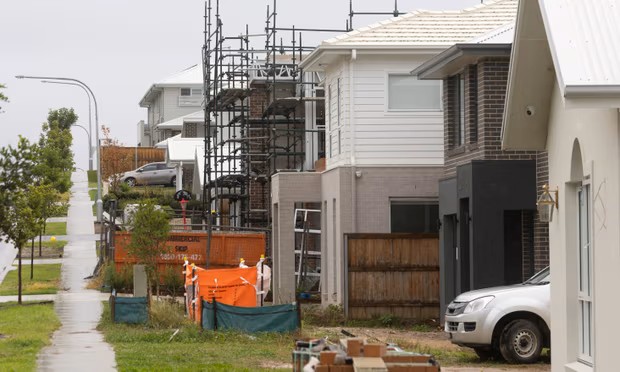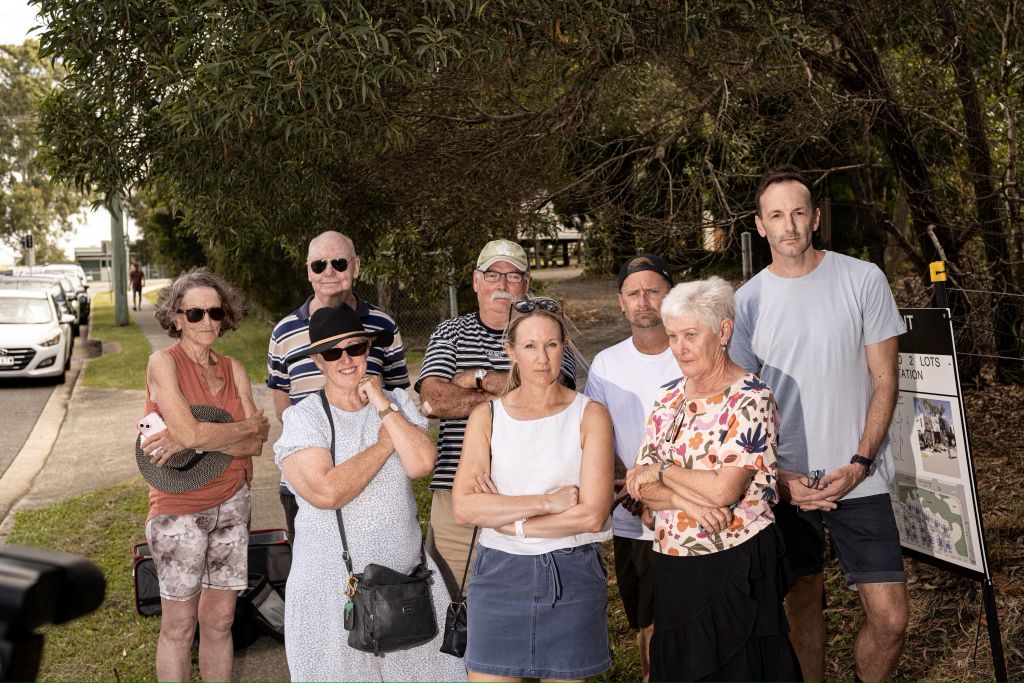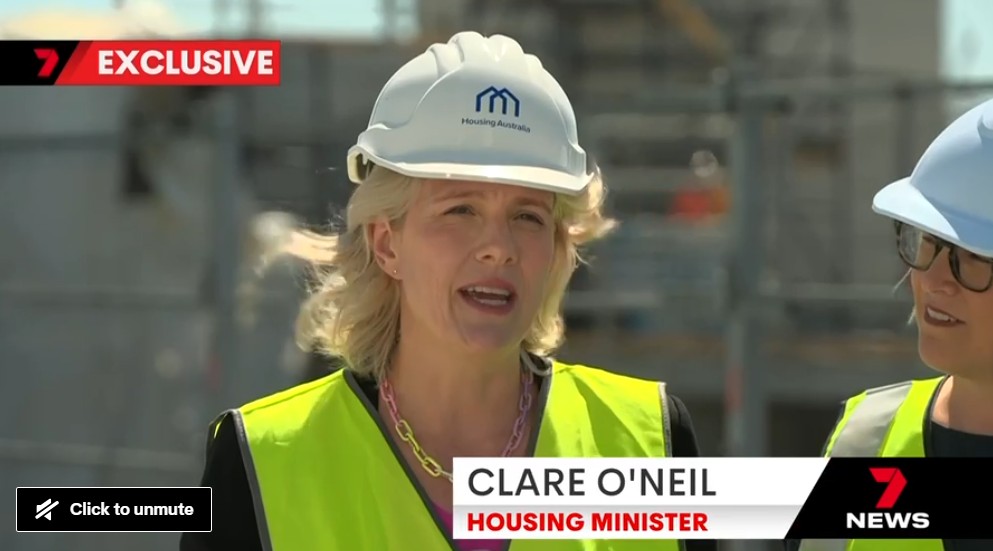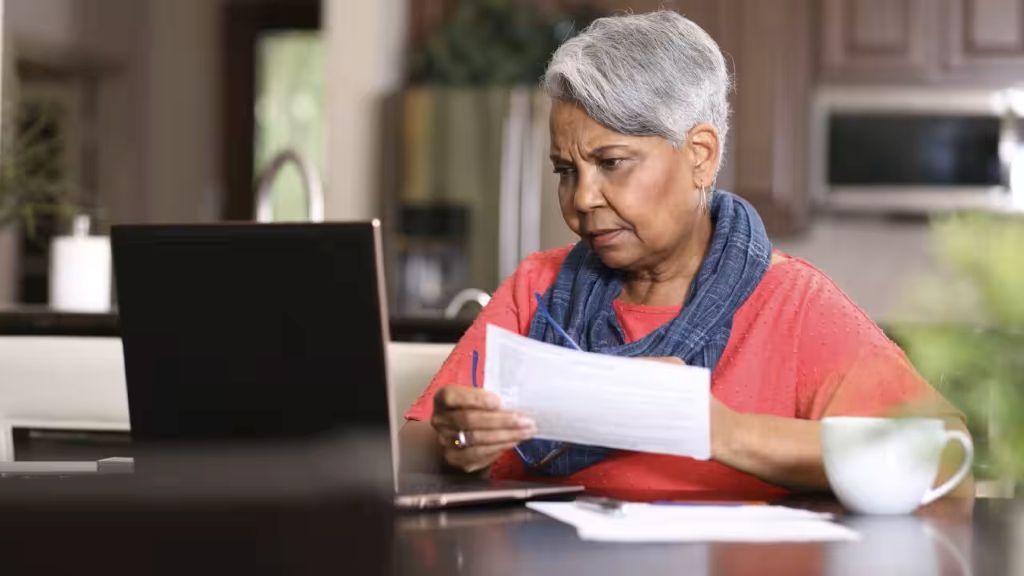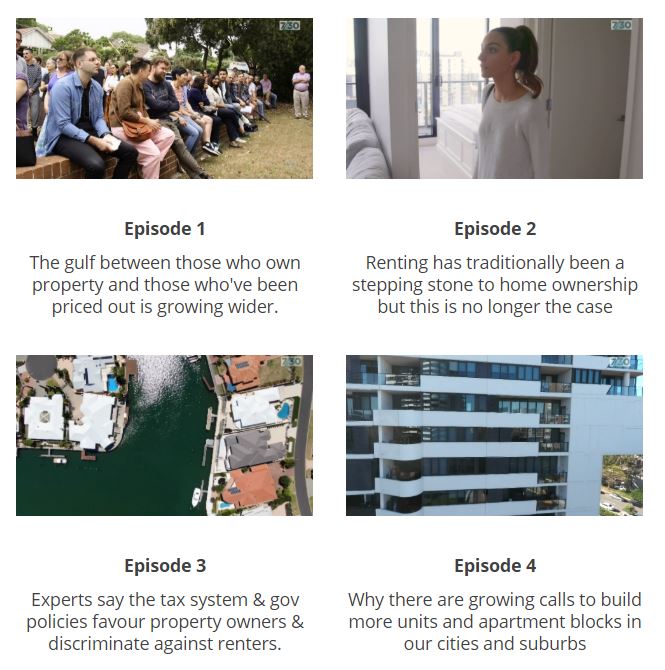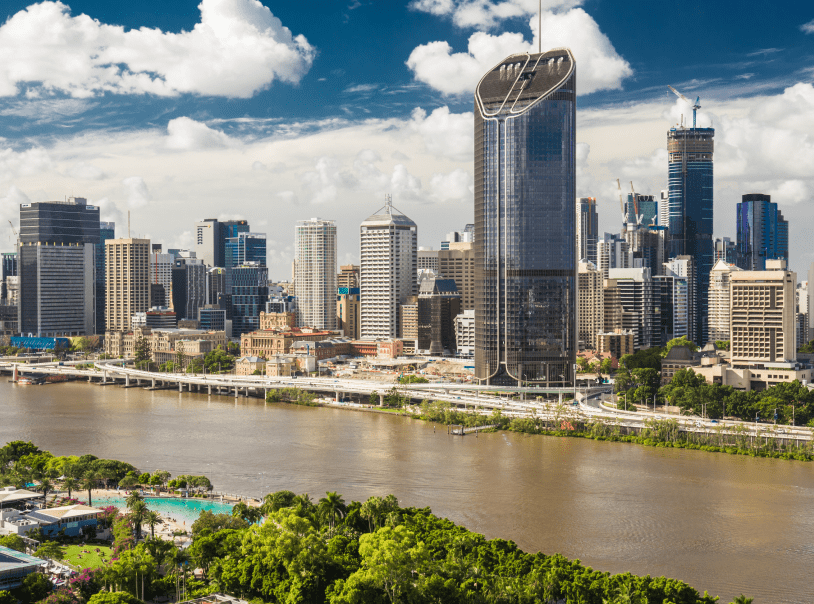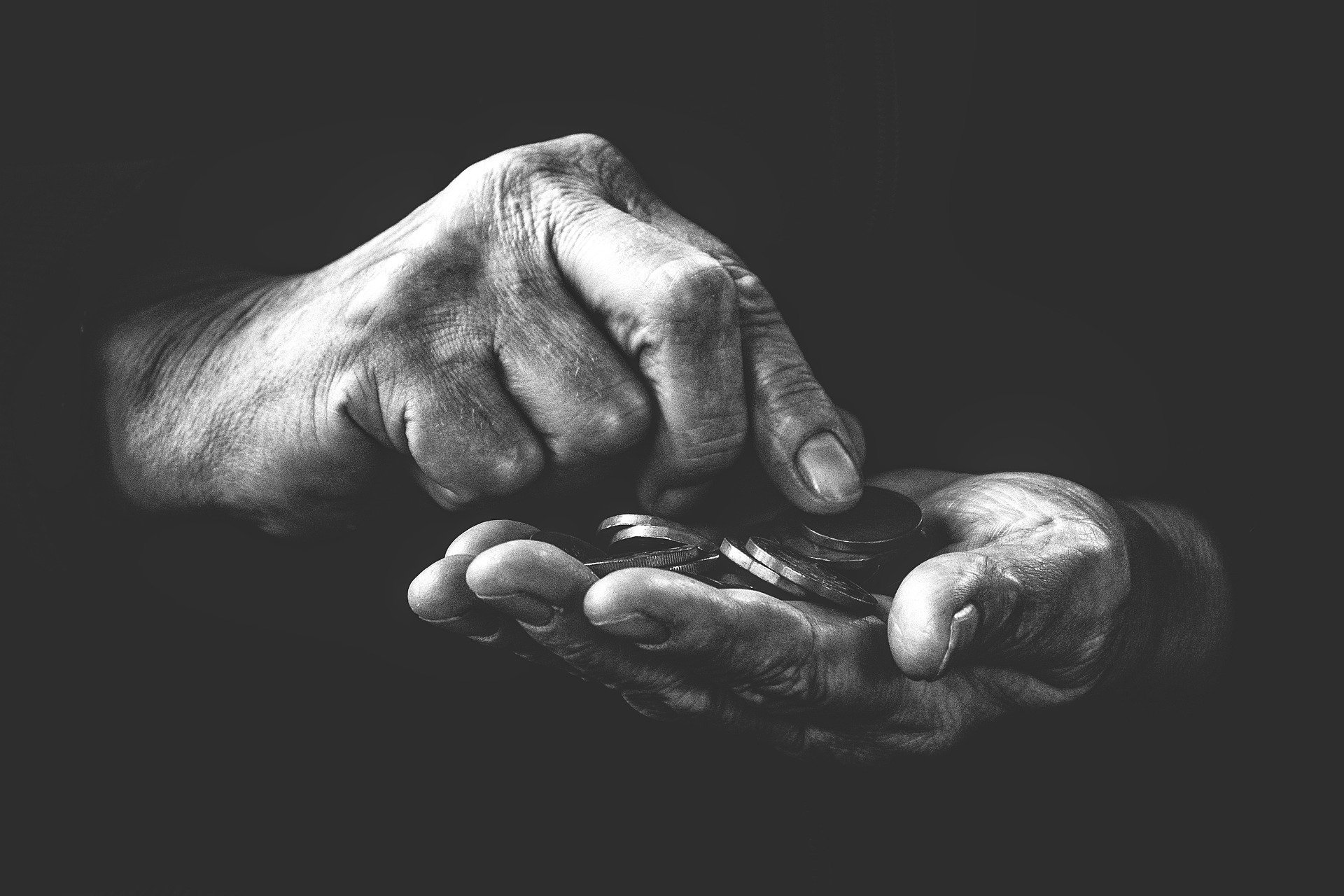‘Decades of poor performance’ in dwelling construction is contributing to the housing affordability crisis, report says. The Australian housing construction…
Urban planners say Australia’s community consultation system is worsening the country’s housing crisis. Economist Peter Tulip says community consultations have…
House prices never fall very much in Australia. Even in the recessions of 1982 and 1991 they only fell 6.2…
The presenter and comedian’s live show feeds his obsession with the nation’s post-second world war suburban architecture ‘The government basically…
Renters struggling with the cost of living crisis will soon be able to buy prefabricated homes and have them up…
Two in three retirees who rent in the private market live in poverty and half of older renters have less…
- Queensland Statewide (all regions)
ABC 7.30 screened a four-part housing special examining a number of housing related issues from Australia’s housing markets to housing…
- Queensland Statewide (all regions)
The problems of housing crises, gentrification, homelessness, unfettered real estate capital and unregulated development are hardly unfamiliar issues. Their effects…
- Queensland Statewide (all regions)
After testing the market with a small-scale affordable housing development in Sydney, property advisory group Development Finance Partners (DFP) is…
- Queensland Statewide (all regions)
While discussions about the accuracy of the latest government figures for numbers of rough sleepers in England and Wales will…
- Queensland Statewide (all regions)
How would you feel if — homeless and at your lowest ebb — the room you’re offered is bare, its…
- Queensland Statewide (all regions)
On the fringes and often unheard, those who have experienced homelessness are rarely given a voice. When more than 100…
- Queensland Statewide (all regions)
Afew weeks ago in Auckland, while getting into a cab, a colleague and I were having an animated discussion about…
- Queensland Statewide (all regions)
Rough sleepers are sheltering in bins all year round, with surging homelessness in the UK blamed for a rising number…

